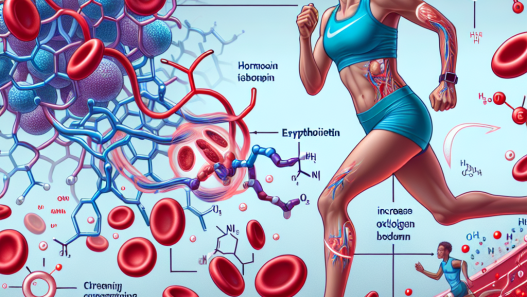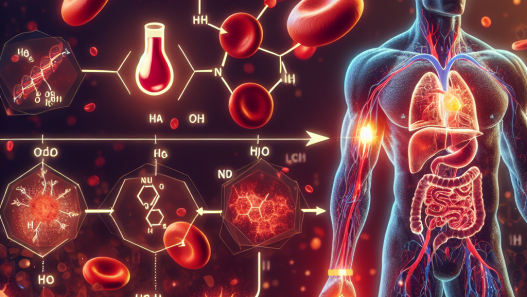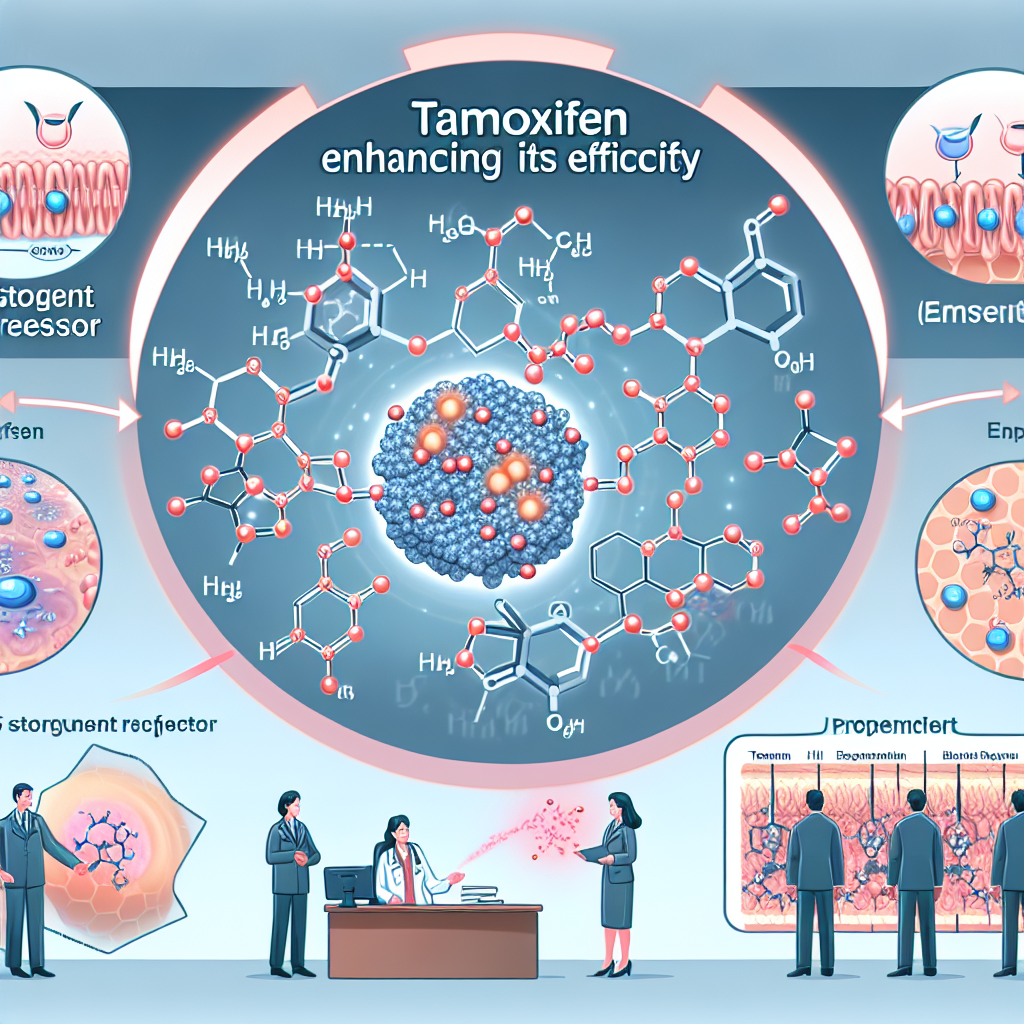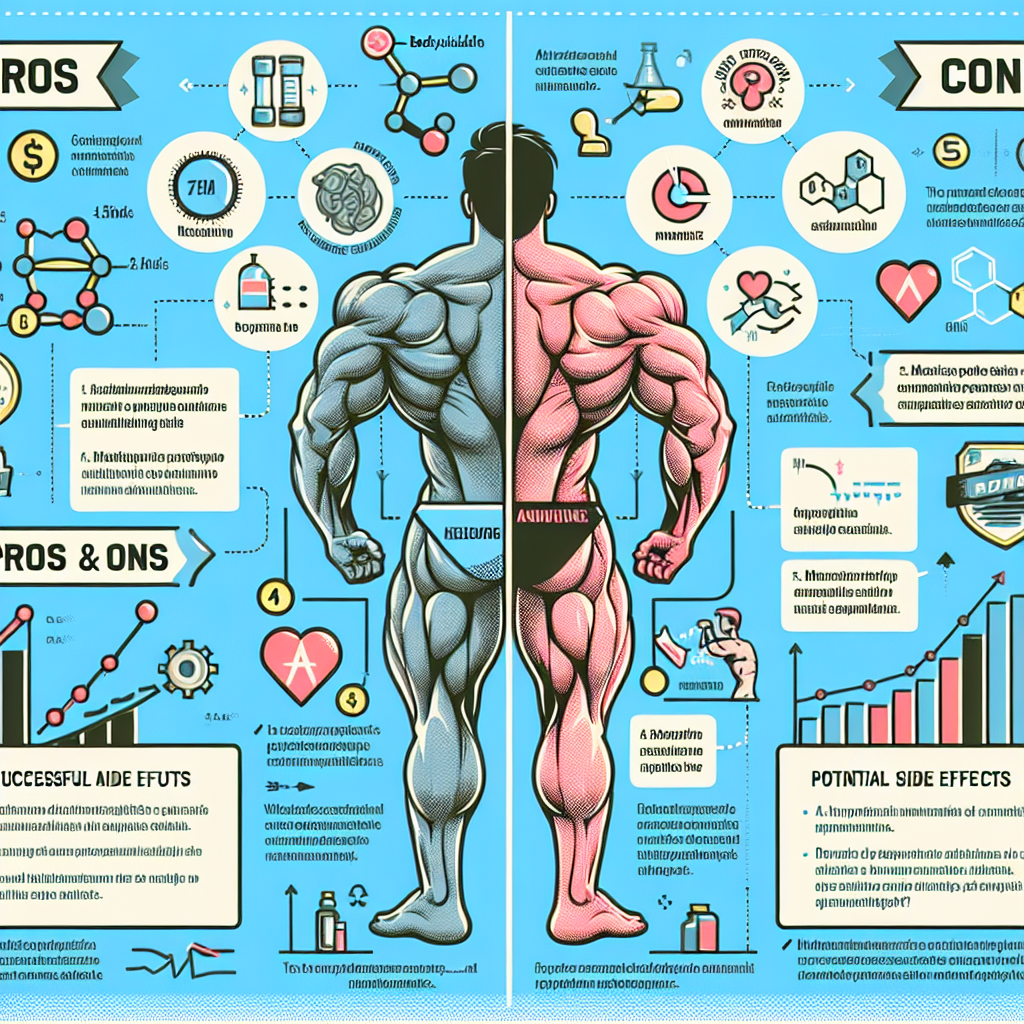-
Table of Contents
- Erythropoietin and Its Impact on Athletes’ Physical Endurance
- The Pharmacokinetics of Erythropoietin
- The Pharmacodynamics of Erythropoietin
- The Controversy Surrounding Erythropoietin Use in Sports
- Real-World Examples of Erythropoietin Use in Sports
- Expert Opinion on Erythropoietin Use in Sports
- Conclusion
- References
Erythropoietin and Its Impact on Athletes’ Physical Endurance
Erythropoietin (EPO) is a hormone produced by the kidneys that plays a crucial role in the production of red blood cells. It is commonly known for its use in treating anemia, but it has also gained notoriety in the world of sports as a performance-enhancing drug. In recent years, there has been a lot of controversy surrounding the use of EPO by athletes, with some arguing that it gives them an unfair advantage. However, there is much more to EPO than just its ability to boost physical endurance. In this article, we will explore the pharmacokinetics and pharmacodynamics of EPO and its impact on athletes’ physical endurance.
The Pharmacokinetics of Erythropoietin
The pharmacokinetics of a drug refers to how it is absorbed, distributed, metabolized, and eliminated by the body. In the case of EPO, it is a protein-based hormone that is administered through injection. Once injected, it is rapidly absorbed into the bloodstream and reaches its peak concentration within 4-6 hours (Jelkmann, 2007). From there, it is distributed throughout the body and binds to specific receptors on the surface of bone marrow cells, stimulating the production of red blood cells.
The half-life of EPO is relatively short, ranging from 4-13 hours, depending on the dose and route of administration (Jelkmann, 2007). This means that it is quickly metabolized and eliminated from the body. However, with repeated doses, the half-life can be extended, leading to a buildup of EPO in the body. This is why athletes who use EPO often follow a dosing schedule to maintain high levels of the hormone in their system.
The Pharmacodynamics of Erythropoietin
The pharmacodynamics of a drug refers to its effects on the body. In the case of EPO, its primary effect is on the production of red blood cells. Red blood cells are responsible for carrying oxygen to the muscles, and an increase in their production can lead to improved physical endurance. This is why EPO is often used by athletes to enhance their performance.
Studies have shown that EPO can increase the number of red blood cells in the body by up to 50% (Jelkmann, 2007). This increase in red blood cells leads to an increase in oxygen-carrying capacity, allowing athletes to perform at a higher level for longer periods. This is especially beneficial for endurance athletes, such as cyclists and long-distance runners, who rely heavily on oxygen for their performance.
Aside from its effects on red blood cells, EPO has also been shown to have anti-inflammatory properties. Inflammation is a natural response to physical activity, and it can lead to muscle soreness and fatigue. By reducing inflammation, EPO can help athletes recover faster and perform better in subsequent workouts (Lippi et al., 2010).
The Controversy Surrounding Erythropoietin Use in Sports
Despite its potential benefits, the use of EPO in sports has been a topic of controversy for many years. Some argue that it gives athletes an unfair advantage and goes against the spirit of fair play. However, others argue that it is no different from other legal performance-enhancing methods, such as altitude training or nutritional supplements.
One of the main concerns with EPO use in sports is the potential for adverse effects. When used in high doses or for extended periods, EPO can lead to an increase in blood viscosity, which can increase the risk of blood clots and cardiovascular events (Lippi et al., 2010). This is why it is crucial for athletes to follow a dosing schedule and undergo regular medical monitoring when using EPO.
Another concern is the potential for abuse and misuse of EPO. In some cases, athletes may use EPO without proper medical supervision, leading to dangerous levels of the hormone in their system. This not only puts their health at risk but also goes against the regulations set by sports governing bodies.
Real-World Examples of Erythropoietin Use in Sports
Despite the controversy surrounding EPO, there have been numerous cases of athletes using it to enhance their performance. One of the most well-known cases is that of cyclist Lance Armstrong, who admitted to using EPO during his career. He claimed that it was a widespread practice in the cycling world and that he had no choice but to use it to remain competitive.
In 2019, British cyclist Simon Yates was suspended for four months after testing positive for EPO. He claimed that he had unknowingly ingested the substance through a contaminated supplement. However, this incident highlights the need for athletes to be cautious and aware of what they are putting into their bodies.
Expert Opinion on Erythropoietin Use in Sports
Dr. Michael Joyner, a sports physiologist and expert in performance-enhancing drugs, believes that the use of EPO in sports is a complex issue. In an interview with the New York Times, he stated, “EPO is a powerful drug, and it can have significant benefits for athletes. However, it also comes with risks, and it is crucial for athletes to use it responsibly and under medical supervision.”
Dr. Joyner also believes that the use of EPO in sports is not going away anytime soon. With advancements in technology and testing methods, it has become increasingly challenging to detect EPO use. This means that athletes who are determined to use it will continue to do so, despite the potential consequences.
Conclusion
Erythropoietin is a hormone that has gained notoriety in the world of sports for its ability to enhance physical endurance. Its pharmacokinetics and pharmacodynamics make it a powerful performance-enhancing drug, but it also comes with risks and potential adverse effects. While the use of EPO in sports remains a controversial topic, it is crucial for athletes to use it responsibly and under medical supervision. As with any performance-enhancing method, the focus should always be on fair play and the health and well-being of athletes.
References
Jelkmann, W. (2007). Erythropoietin after a century of research: younger than ever. European Journal of Haematology, 78(3), 183-205.
Lippi, G., Franchini, M., Guidi, G. C., & Favaloro, E. J. (2010). Erythropoietin in sports: a dangerous ally or a drug for disease? Haematologica, 95(6), 973-975.
New York Times. (2012). Expert says EPO use in sports is complex issue. Retrieved from https://www.nytimes.com/2012/10/11/sports/cycling












